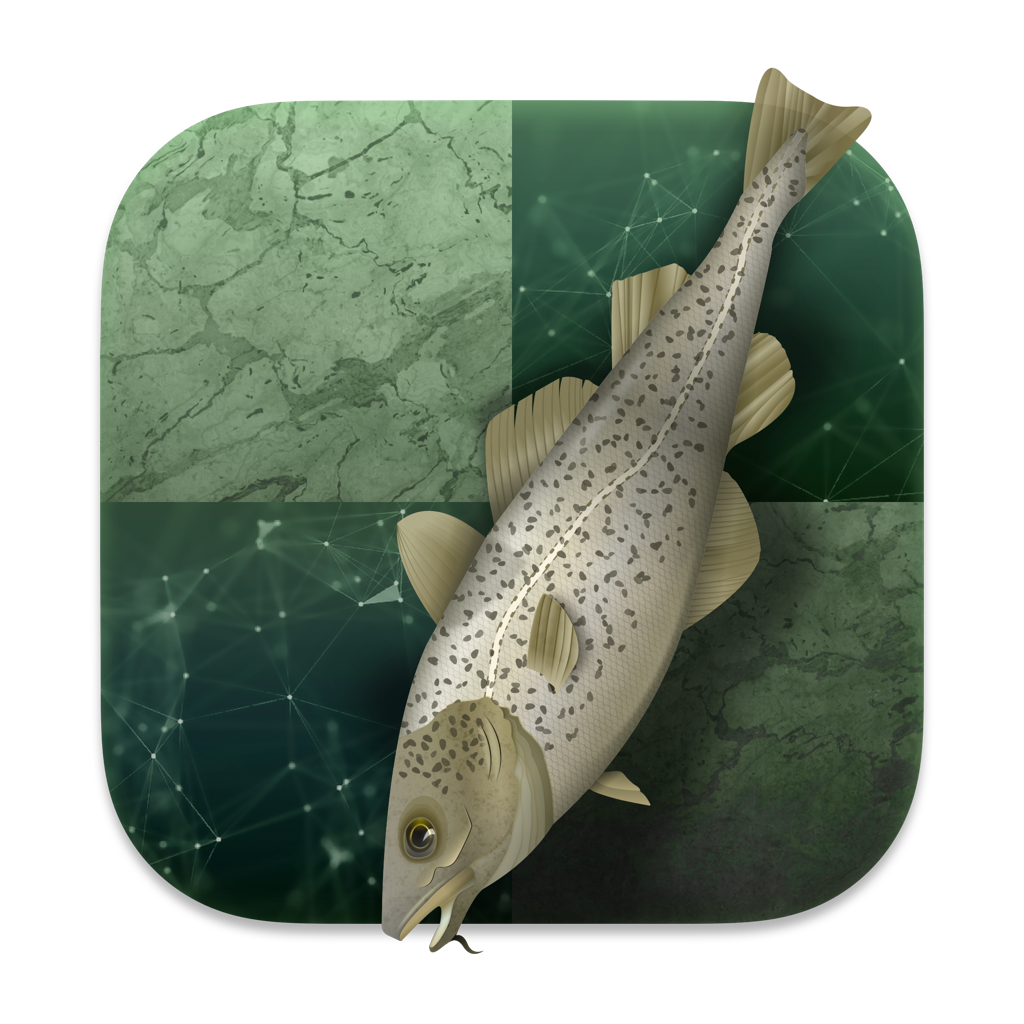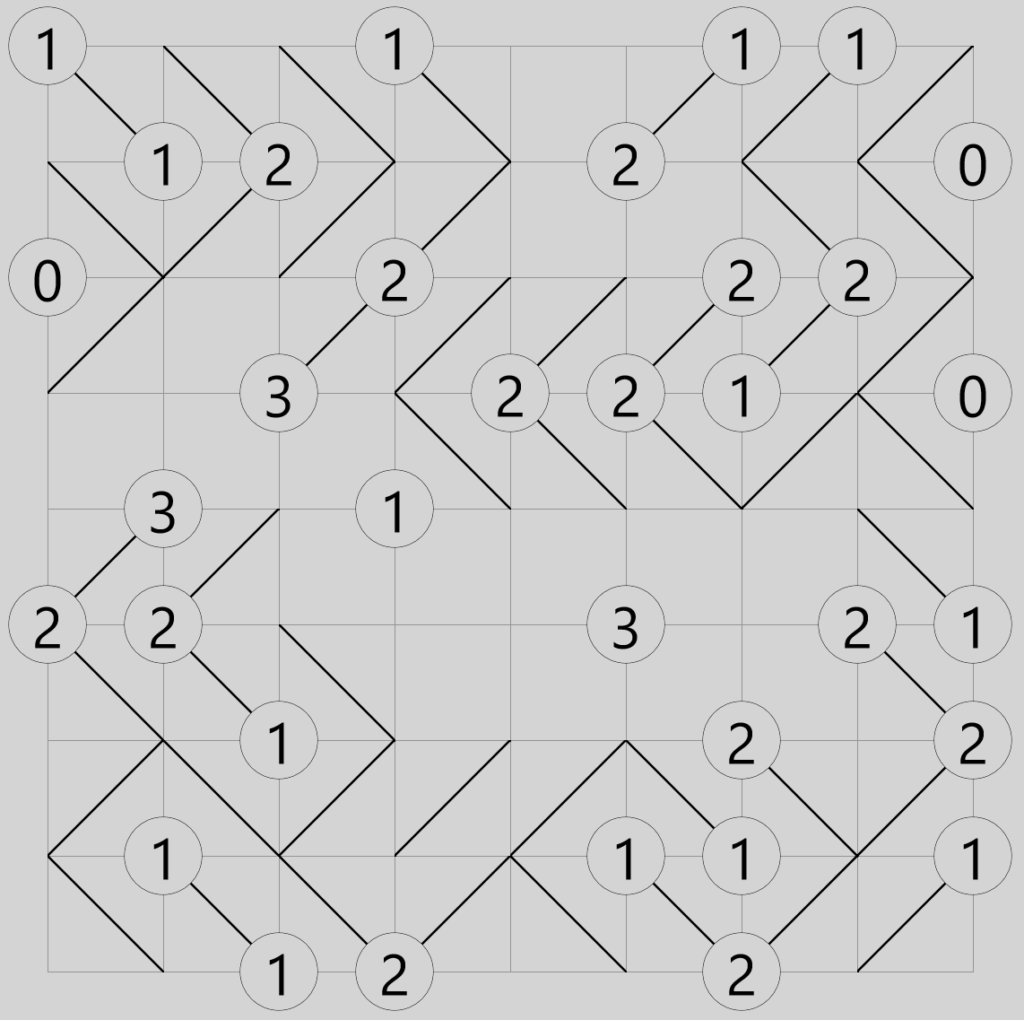
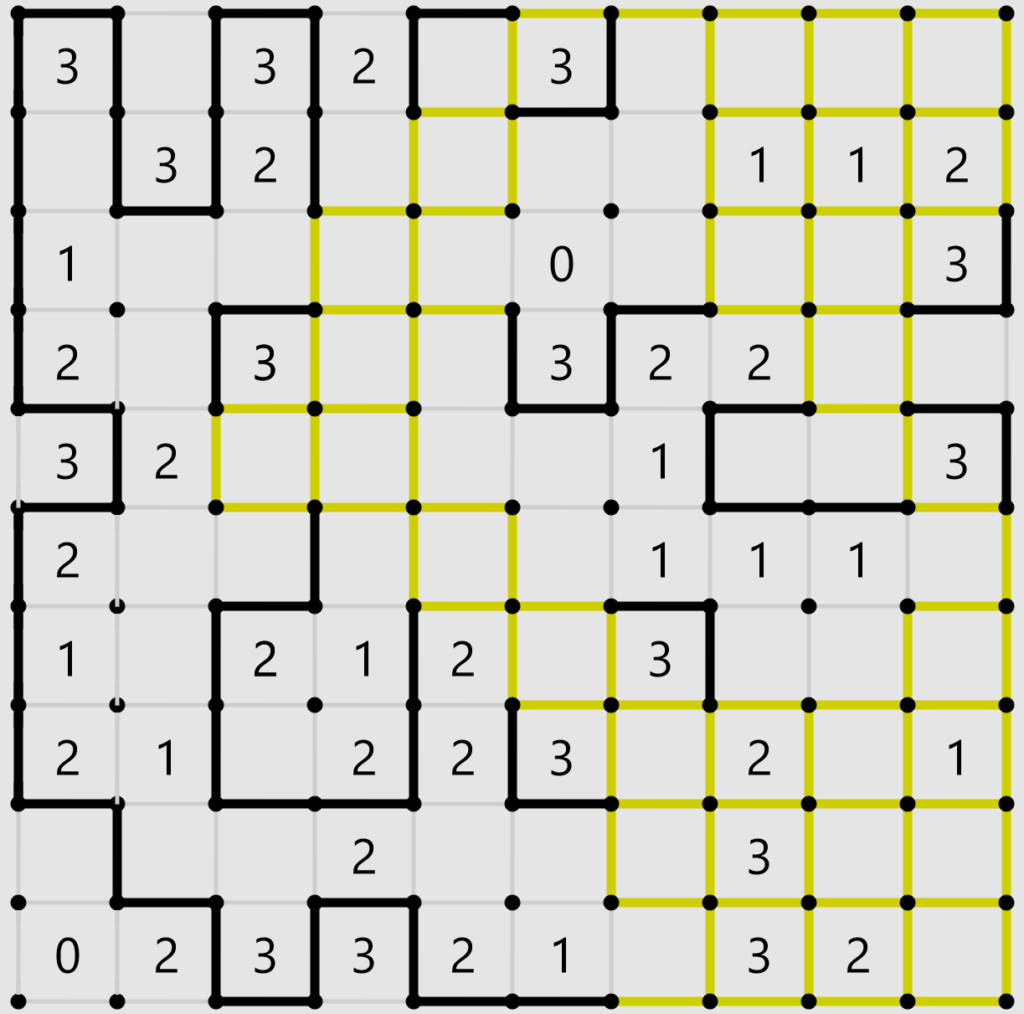
I got a treat for you people today, a genuine treasure of the internet, a collection of forty computer-generated puzzles of wide-ranging types, from Sudoku (called “Solo” because of trademarks) to Minesweeper. And they’re not only all open source and free, they’re free for many platforms. Not all the puzzles are yet available for all platforms, but it’s continually being worked on, with new puzzles added from time to time. It has been for nineteen years; when it got started it only had five puzzle types. It’s one of the best things out there, and I’m amazed it’s not better known generally.
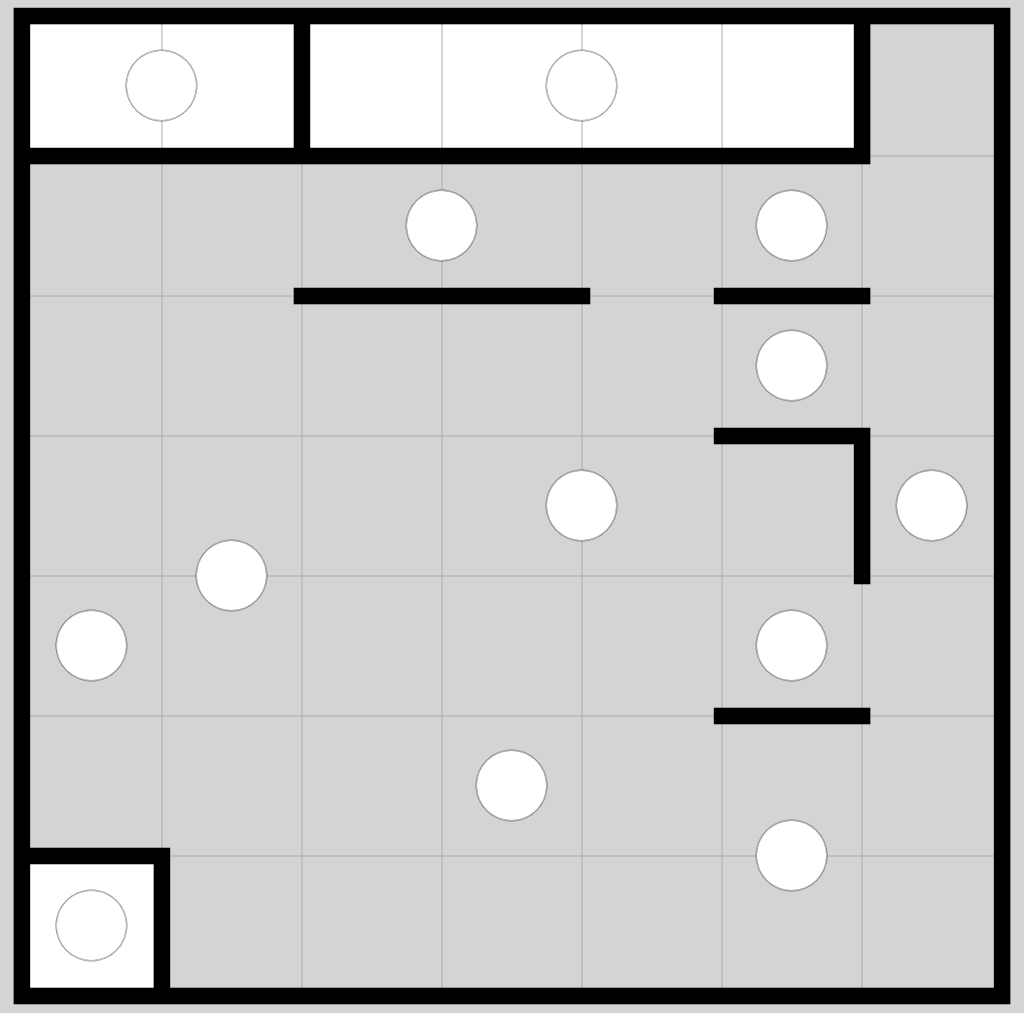
I can’t overstate what a wonder this collection is. All the puzzles are their own executable, if you don’t just play them on the web anyway. Each one of these puzzles offers many hours of happy puzzling. My own favorites are Loopy, Slant, Bridges, Dominosa, Galaxies, Net and Untangle. Most of the puzzles are of a type that should be familiar to fans of the Japanese puzzle magazine Nikoli, but they’re all randomly generated, and playable on multiple difficulty levels.
If the name Simon Tatham sounds familiar, he’s the guy who also created and maintains the popular networking tool PuTTY.
Here’s the links, all of these are free:
Simon Tatham’s Portable Puzzle Collection main site, which has implementations for Java, Javascript and Windows
Here’s some other HTML implementations
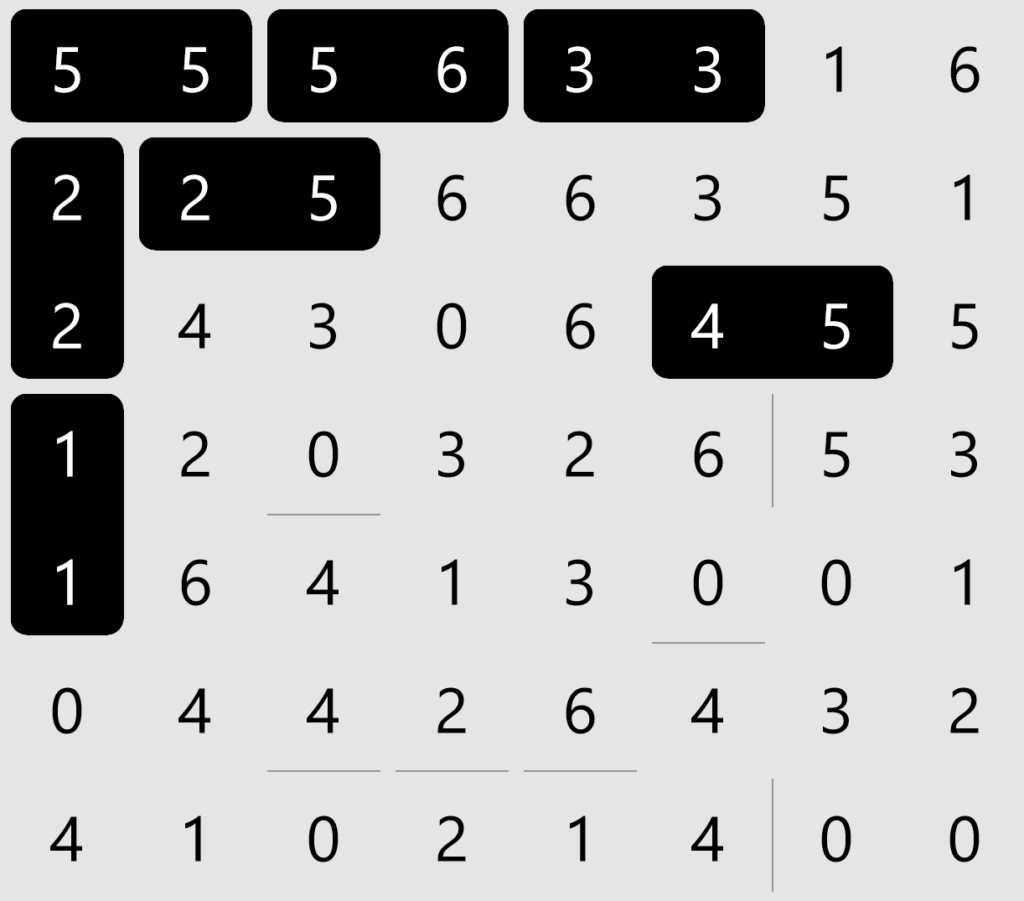
For iOS on the Apple App Store
In the Debian and Ubuntu package repositories (and it should be available in your own distribution’s repository, too)
And here it is for Windows again, but distributed through Chocolatey

